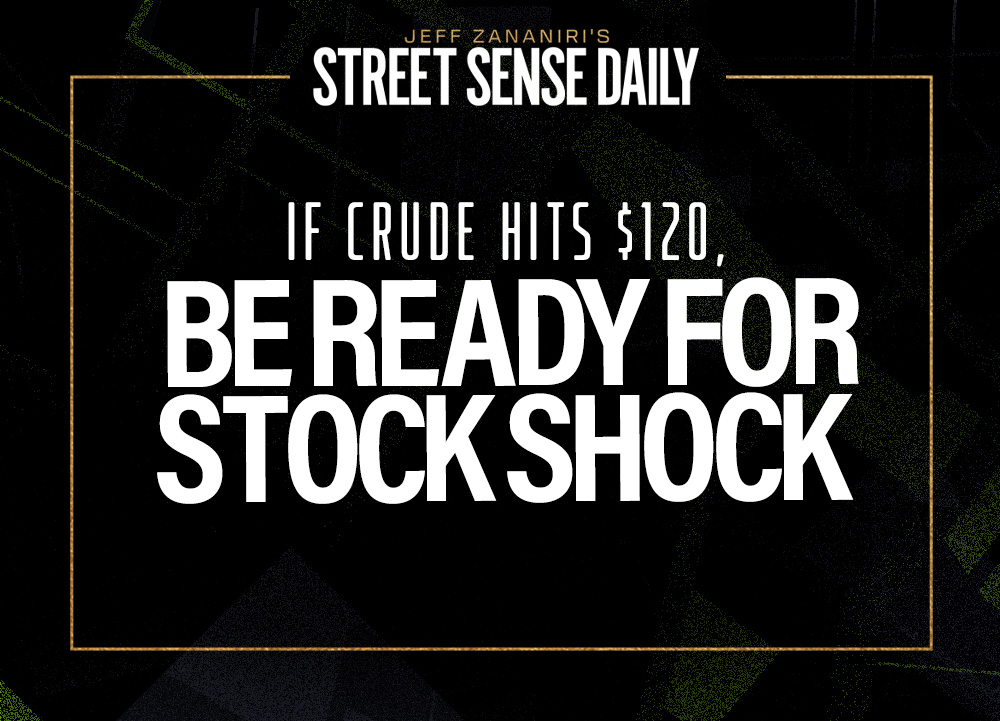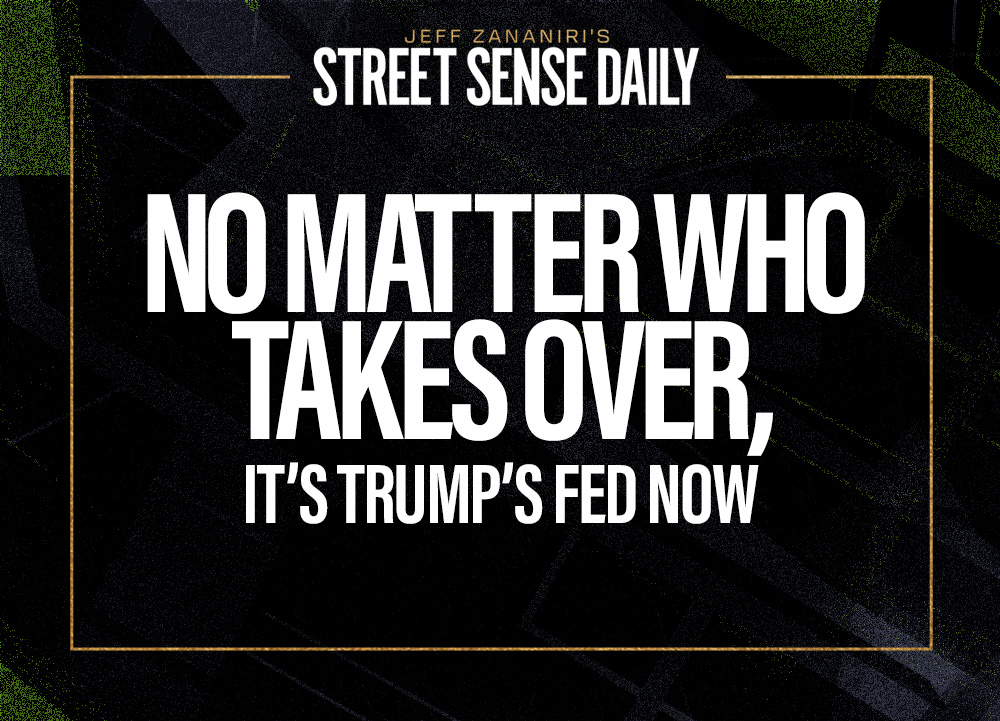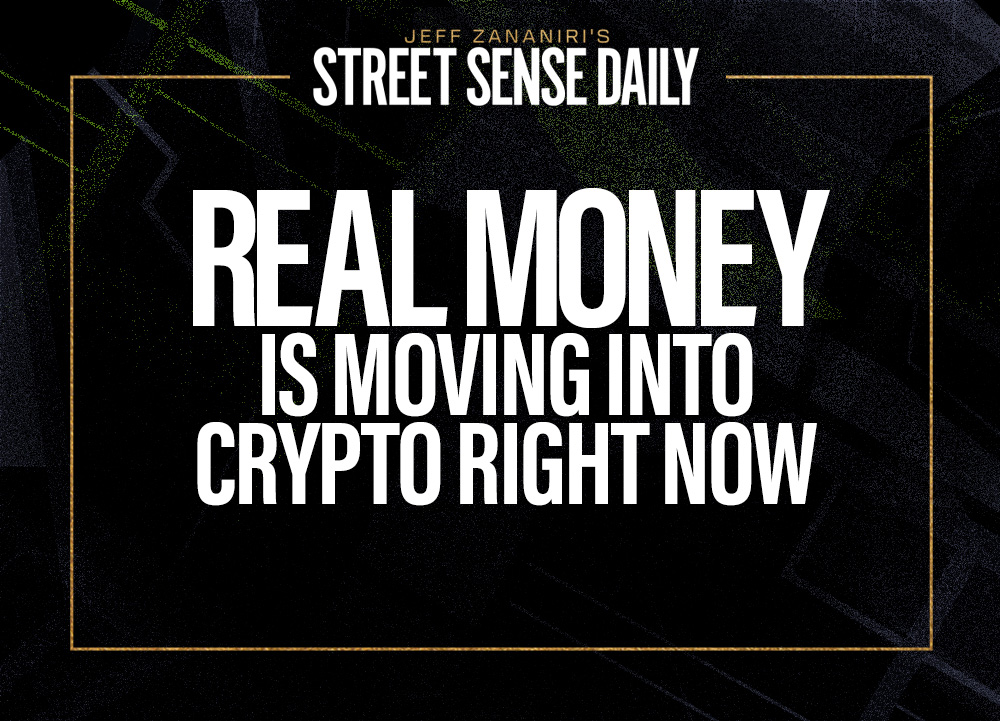Good morning, traders,
I hope everyone’s holding steady since the weekend’s surprise strike on Iran.
If you were watching energy headlines, you probably saw oil futures react fast.
Markets didn’t seem to think it would continue, but the first reaction was a pop in prices.
And that, more than anything, is where our attention needs to be right now.
Prices.
Here’s the setup in plain terms: Oil hasn’t cracked the level where things start bleeding into stocks, but if or when it does, we need to be alert.
As of Monday, Brent crude had fallen about 2% from its surge to less than $75 per barrel. West Texas Intermediate crude had declined about 3% to $72.
But, depending on what happens with Iran, about $120 a barrel is considered the tipping point — the level where energy costs start gutting consumer wallets and piling pressure on businesses.
At $120, several sectors will start to feel the pinch, including airlines, shippers, and consumers, when retailers pass along their own associated costs.
So, what should traders do in this shifting environment?
Here’s a peek at my playbook so you can navigate this potentially explosive terrain.
All Eyes on Oil
First, track the oil chart.
If we see a close above, say, $95–$100 with momentum, that tells me we’re in the zone heading toward trouble.
Heard chatter among big players about rolling positions in energy plays. Smart money moving into simple plays: oil producers, energy ETFs, even refiners.
That can help trade the move.
On the equity side, if we stay between $80–$95, hit-and-run tactics on energy stocks and perhaps defensive names make sense.
But if oil blasts past $120, then we switch gears and lighten exposure in sensitive sectors like consumer discretionary, airlines, and trucking.
Pay Attention to Inflation
Inflation is the wild card here.
When oil spikes, it tends to raise CPI. And if inflation sticks, the Fed might step back from cutting or even start hinting at rate hikes.
That further puts weight on equities.
My biggest concern is a two‑pronged hit: rising costs weakening spending while tighter Fed policy drains markets.
We’re not there yet, but we need a plan in case we cross that line.
For now, I’m recommending you:
- Track momentum in oil prices.
- Manage risk in oil‑sensitive names.
- Keep tabs on inflation data.
- Be ready to shift positioning if the oil move heats up.
And as I mentioned on Monday, this is a big week for data in general. Don’t forget to stay on top of those numbers while juggling the oil news.
Go With the Flows
One more thing: Watch sentiment and flows.
If ETF outflows show up in small caps or consumer sectors while energy sees inflows, we may get a tell that the rotation is broadening.
Use that to adjust positioning, either doubling down on energy or trimming elsewhere.
I’ll be monitoring headlines for Iran developments.
If this escalates with further strikes or tit‑for‑tat reactions, you could see quick runs in crude. (As of this writing, Iran had already launched strikes at U.S. bases in Qatar and Iraq.)
That’s your trigger.
The risk of spillover increases with duration and scale of the strike response. These are the trigger events that can snap supply fears into pricing action.
In short, we’ve got a neat cue here. Oil risk is dialed in, but not dialed up — yet.
The upside trigger is clear: Surpassing $120/barrel starts to bleed into inflation, business margin pools, and consumer spending.
And that’s when equities feel it.
We also get the benefit of being early.
That’s where consistent winners live, in anticipating rather than reacting.
Stay street smart,
Jeff Zananiri
P.S. Today at 4 p.m. ET, Danny Phee will take you through one of the fastest-growing opportunities in the market right now:
These contracts move fast and hit big. Learn to trade them the right way.
👉 [Save your seat now — before space fills up.]



